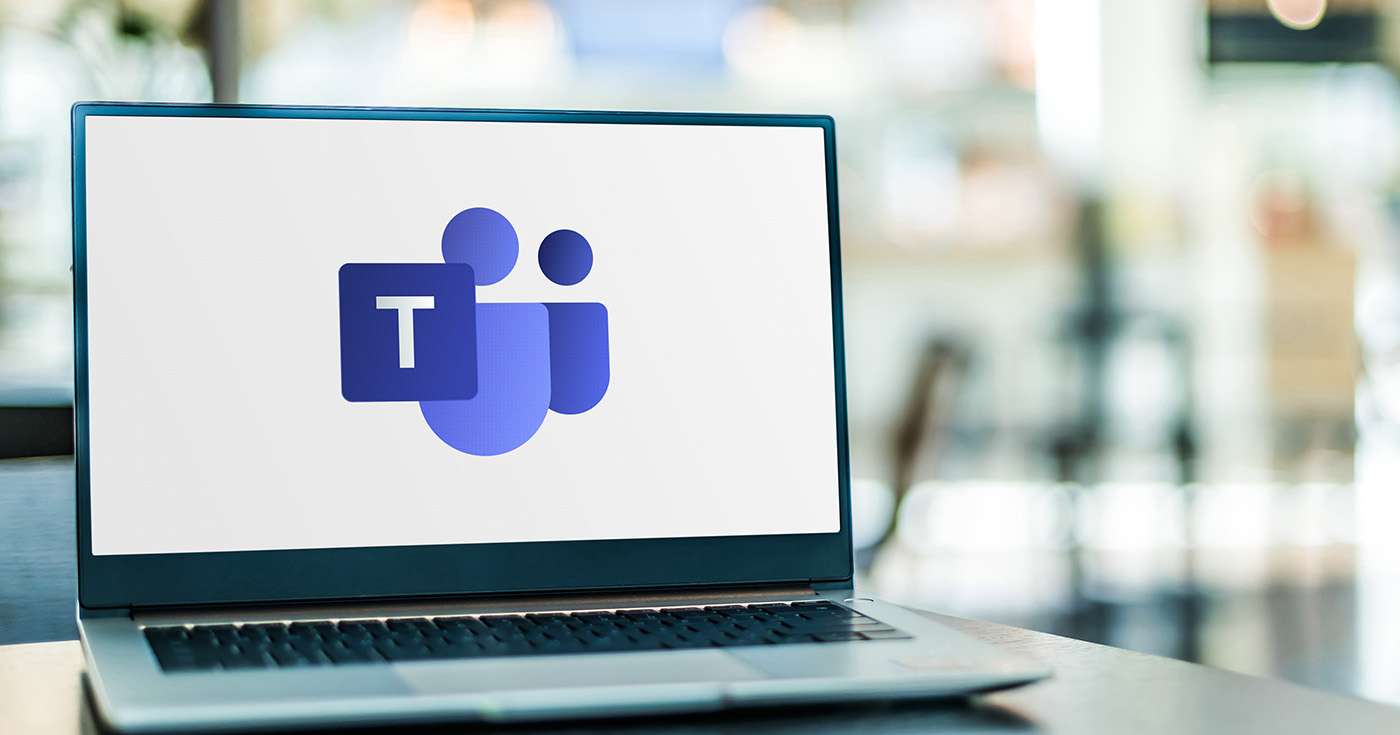
Executive Summary
- In a blog post on March 27th, 2023, Microsoft announced a ‘new era’ for Microsoft Teams with the release of the public preview for the ‘new’ Microsoft Teams.
- The new version of Teams is said to be twice as fast while using half the resources of its predecessor. The UI has also been redesigned to be simpler with fewer clicks needed for navigation. Users with multiple tenants and accounts will also have a streamlined experience.
- The new Microsoft Teams can be enabled for Windows via an in-app “Try new Teams” toggle, the visibility of which can be controlled by admins.
Introduction
There are few success stories in the software world as impressive as Microsoft Teams.
Starting out in the mid-2010s as Skype for Business before becoming Microsoft Teams in 2017, the digital workplace platform exploded in popularity during the 2020 pandemic, resulting in a total of 280 million monthly active users today.
With this large base of users, Microsoft has now set its sights on what’s next, beginning with a preview of what they’ve dubbed “the new Microsoft Teams”.
But is this new update simply a fresh lick of paint? Or will you really see a fundamental change when you try the new Microsoft Teams?
Let’s find out.
What is new Microsoft Teams?
Since its release in 2017, Microsoft Teams has seen a number of updates which have tweaked the experience and added in incremental improvements—but it’s yet to have a true overhaul. That all changes with the new Microsoft Teams.
Designed to address common frustrations with the existing app, save time, and encourage simpler and easier collaboration, the new Microsoft Teams is set to become the default version of the app once the preview phase is over.
What’s new in the new Teams?
Now that you have the background, let’s dig into the details.
Here are the biggest changes you can expect to see from the new Microsoft Teams.
Double the speed of Classic Teams
One of the headline features of the new Teams is for the platform to be “be twice as fast while using half the system resources”.
To reach this ambitious goal, the Microsoft team focused on the interactions that happen most while users are working in Teams and optimised them. This includes switching between chats, channels, and posts – which probably represents the most common interaction for most users.
The new Teams aims to make these interactions practically instant, so there’s no need to wait for a chat to load when you click it. Likewise, Microsoft has optimised scroll speed in the new Teams to further reduce the amount of waiting you need to do to get to the information that matters most.
In Microsoft’s own testing of the new version, they found that the app installs 3x faster than Classic Teams, uses up to 50% less memory, and switches chats 1.7 times faster.
A sleek new user interface
Just like the facelift that Windows 11 (and the Microsoft 365 apps) received last year, Microsoft is also giving the new Teams a fresh new look.
Along with the performance updates mentioned above, which will give the experience a faster and snappier feel, the user interface will also borrow the design language from Windows 11 – meaning lots of rounded corners, white space, and modern iconography.
In addition, navigation changes have been made to make the experience more natural, especially when it comes to communication. For example, as they explain in their dedicated design blog post, the Design team adopted a new ‘post and reply’ design with new posts being sent from the top of the feed, rather than the bottom in Classic Teams.
Seamless support for multiple tenants and accounts
If you work with multiple accounts or tenants, meaning you’re constantly switching between instances of Microsoft Teams, you’ll know how frustrating and time-consuming that can be.
With the new Teams, the multiple account experience has been totally reimagined.
With improved authentication, synchronization, and notification systems, users can now experience a seamless and consistent collaboration experience. Instead of constantly logging in and out of different accounts, you can stay signed in across all of your tenants, ensuring you receive notifications regardless of the account they are using.
That means you won’t miss any essential notifications for any account – even if you’re not currently working in that particular account.
Is there anything the new Teams can’t do?
While most of the functionality of the classic Teams app is already replicated in the new Teams, there are some features which are not yet available.
Microsoft has a page dedicated to keeping an updated list of what they’re still working on, but as of July 2023, this includes:
- Breakout rooms
- Third-party app integrations
- Support for other platforms, including Mac
- 7×7 gallery view
- Chat and channel search
When will the new Microsoft Teams be released?
As of July 2023, the new Microsoft Teams preview experience can be enabled for commercial customers using the Windows operating system.
Because new Teams is still in preview, it’s not yet the default mode for Microsoft Teams and so must be enabled by a Teams administrator via the Teams Admin Centre.
Once enabled for an account, any users with the latest version of the Windows Microsoft Teams (work or school) app will see the “Try the new Teams” toggle in the upper-left corner of the application. Just click it and the new version will be installed and activated.

Users have the option to switch back to Classic Teams at any time, and likewise Teams admins can control the specific experience for all users, including disabling the new Teams altogether.
Once the preview period is over, the new Teams is planned to become the default Microsoft Teams experience later in 2023.
Keen to enable the new Microsoft Teams preview for your organisation? Get in touch with your Get Support account manager who will be able to point you in the right direction.


